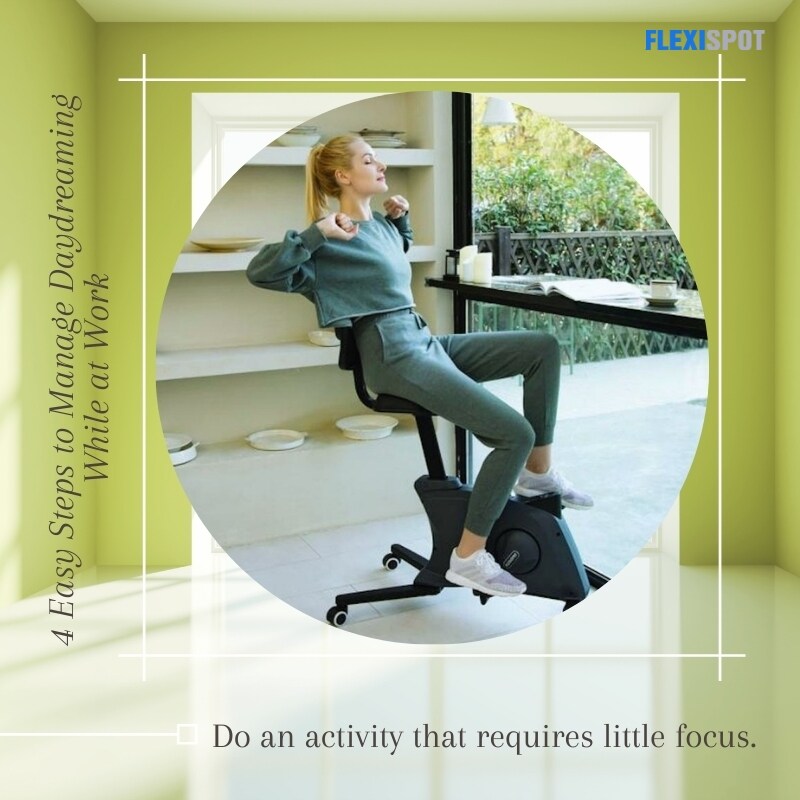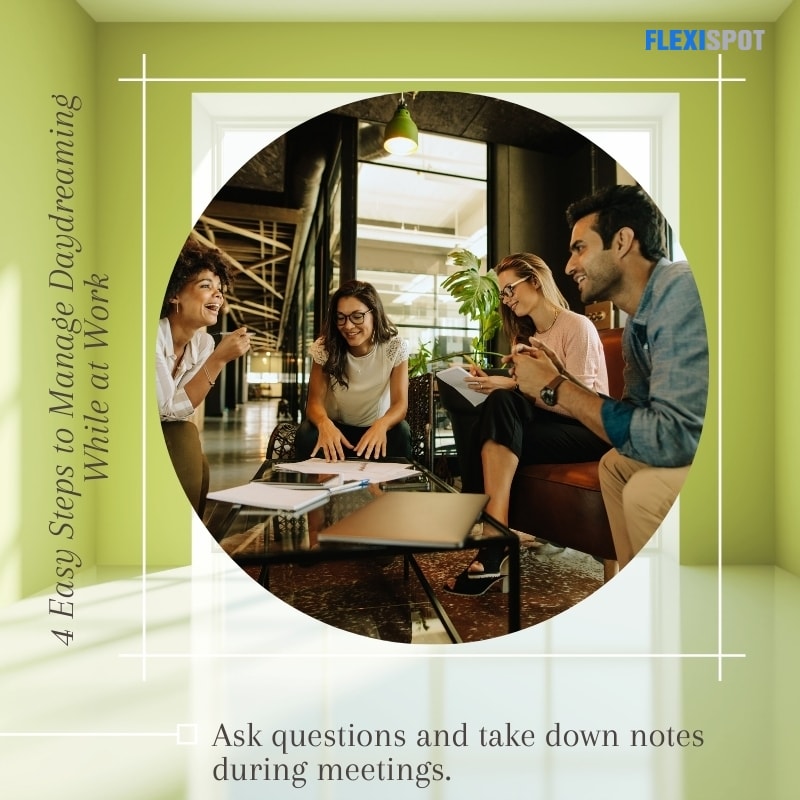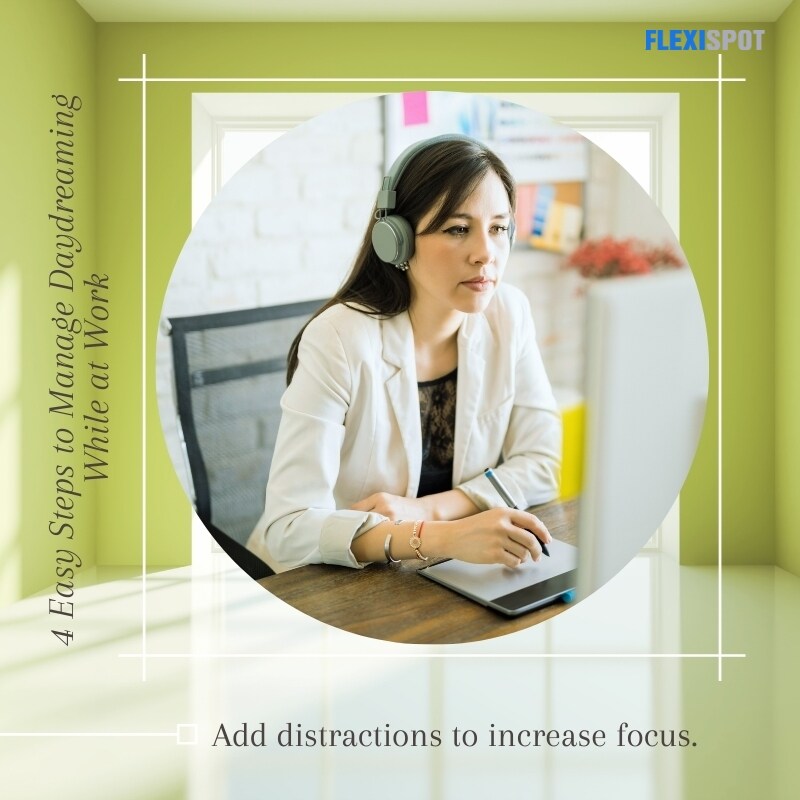Karen is an award-winning author who arrives in New York on her private jet. Her seven-year-old daughter greets her in her two-floor penthouse. She and her family eat a Michelin-level dinner whipped up by her private chef and kitchen staff. After dinner, they watch a movie in her private theater where the sounds fill up the walls that mimic a starry night. They enjoy the movie while eating popcorn and pizza on top of dinner. Before going to sleep beside her husband, Karen gets hugs and kisses from the kids.
Welcome to Alice’s daydream. She would visit it multiple times of the day, always adding up new characters in new plots her mind would take her to. Back when she used to work in the office, her supervisor would call her out when her mind wanders off during a meeting. But when remote became the name of the game, Karen took over Alice’s days. Before she knew it, Alice was living in fantasy while her reality stayed in a one-bed space apartment in Brooklyn, broken up with by her ex-fiance, no kids insight or even a fancy dinner on the way. Daydreaming took her mind off away from it but her work tasks bore the brunt of a distracted Alice.

If you’re dozing off to one yourself, snap out of it for a little while and give me your attention. Contrary to popular belief, daydreaming is actually good for your health. It helps relieve boredom in a task and shift to a better focus once the mind is ready to return to work. Daydreaming boosts one’s creativity—tapping into your subconscious, conjuring thoughts into your head, checking the archives of your past, and ruminating about the future. Not only will your creativity improve, but it also gives you space to reflect. With this said, daydreaming can actually help solve problems because it takes you to your escape world for a time in order to come back better, with more clarity and focus this time around.
Daydreaming, however, can become your worst nightmare. The National Highway Traffic Safety Administration found that 61 percent of drivers who were daydreaming were found dead as compared to 14 percent of drivers dying from cell phone use during driving.
Daydreaming can also become excessive and is a sign of a bigger mental health problem such as depression or attention deficit hyperactivity disorders. Daydreaming can also cost you your job because it decreases productivity and you tend to miss crucial information thrown at you when your mind wanders off.
With more people working from home, it’s easier to fall into a daydreaming loop. Here’s how to manage or avoid, especially when it’s crunch time and you have to give your focused attention:
1. Do an activity that requires little focus.
Humans are wired to zone out at least 40% of the time so you have to make sure that you have enough daydreaming time outside of work to not zone out when on it. Do an activity where you don’t need to focus that much such as walking, hiking, or stationary biking.
If you need a stationary desk bike, FlexiSpot has great options: the Sit2Go 2-in-1 Fitness Chair, Home office All-in-One Desk Bike/Bike Workstation V9, and the Under Desk Bike V9U. These bikes have a height-adjustable seat, a whisper-quiet pedaling system, customizable resistance levels, and a burn calorie tracker. The All-in-One Desk bike may even be used as a work bike because it has its own removable desktop. The other bike offers can also be placed under a height-adjustable standing desk.
Other activities include painting and drawing where you can allow your mind to places it doesn’t normally go to.
2. Ask questions and take down notes during meetings.
There’s a way to stay alert during meetings so your mind won’t wander off. Aside from staying within eyesight and earshot of the team leader, you could ask questions and take down notes. These keep your mind alert and focused on the discussion. You may also give your own suggestions and comments if need be.
If given the opportunity, step up and volunteer to lead the discussion. When you’re in charge, there will be fewer chances to zone out.
3. Declutter your workplace.
Sometimes, all you need is a change of scenery. If your workstation is already filled with clutter, your mind may easily think about a hundred other things instead of focusing on what has to be done for the day. Switch it up. Transfer your monitor to a different side or move your cabinets and drawers to opposite directions. It’s easy if your storage cabinet has caster wheels in the first place. FlexiSpot has mobile file cabinets that are easy to move around the room because of its smooth caster wheels. It also locks in your desired area. You may also install FlexiSpot’s spacious floating shelves, mounting them onto the wall, for additional storage and a new look.
A newly organized workstation will help your mind to focus.
4. Add distractions to increase focus.
An interesting concept is to play with opposites to attain your desired result. When you add distractions to what you are doing, there will be little room left for daydreaming. Hear us out. For example, you are working on a school paper while listening to classical music. Your mind won’t be able to entertain foreign thoughts at the moment because it is already processing your words to write as well as the background music it is hearing. This is what cognitive psychologist Nilli Lavie counts as building the focus muscle.
Final Thoughts
It’s normal for the mind to get distracted. A mindfulness practice won’t even tell you to stop irrelevant thoughts from pouring in; instead, it simply advises to take note of them as they enter, their nature, and your activity when you get distracted.
Studies have proven that daydreaming actually leads to a lot of benefits such as improved creativity, boredom relief, and honing of problem-solving skills. The best way to deal with daydreaming is to manage it. Take simple steps to change your behavior daily to get distracted less.





